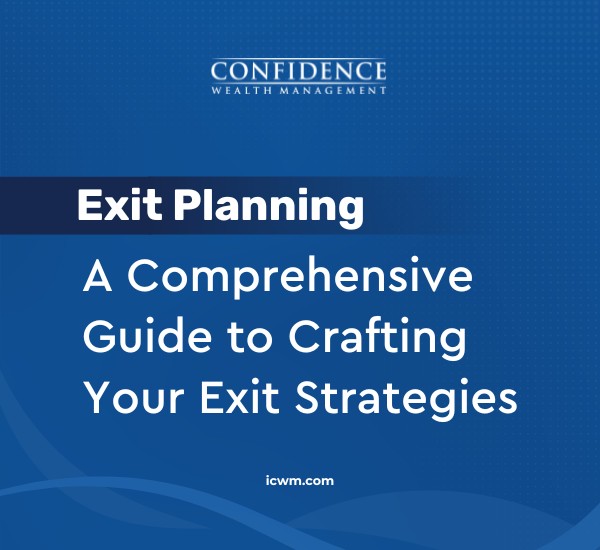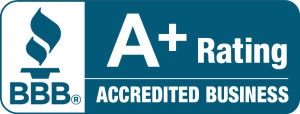If your employer offers a 401(k) or similar plan and you’re not on it, you should be.
Plans like these are some of the most powerful ways to save for retirement, but knowing how they work and what strategies to use can make the difference between an anxiety-free retirement and one consumed with angst.
Here’s how to take full advantage of your employer-sponsored retirement plans.
Understand Your Employer-Sponsored Plan
Read everything about the plan and talk to your employer’s benefits officer. You can also talk to a financial planner, a tax advisor, and other professionals. Recognize the key features that many employer-sponsored plans share:
- Your employer automatically deducts your contributions from your paycheck. You may never even miss the money.
- You decide what portion of your salary to contribute, up to the legal limit. And you can usually change your contribution amount on certain dates during the year or as needed.
- With 401(k), 403(b), 457(b), SARSEPs, and SIMPLE plans, you contribute to the plan on a pre-tax basis. Your contributions come off the top of your salary before your employer withholds income taxes.
- Your 401(k), 403(b), or 457(b) plan may let you make after-tax Roth contributions, in which case there’s no up-front tax benefit but qualified distributions are entirely tax-free.
- Your employer may match all or part of your contribution up to a certain level. You typically become vested in these employer dollars through years of service with the company.
- Your funds grow tax deferred in the plan. You don’t pay taxes on investment earnings until you withdraw your money from the plan.
- You’ll pay income taxes (and possibly an early withdrawal penalty) if you withdraw your money from the plan.
- You may be able to borrow a portion of your vested balance (up to $50,000) at a reasonable interest rate.
- Your creditors cannot reach your plan funds to satisfy your debts.
- Watch for the most common mistakes that may trigger an audit.Watch for the most common mistakes that may trigger an audit.
Contribute as Much as Possible
Max out the contribution to the legal limit (or plan limits, if lower). If you need to free up money to do that, try to cut certain expenses.
Why put your retirement dollars in your employer’s plan instead of somewhere else? One reason is that your pre-tax contributions to your employer’s plan lower your taxable income for the year. This means you save money in taxes when you contribute to the plan.
Another reason is the power of tax-deferred growth. Your investment earnings compound year after year and aren’t taxable as long as they remain in the plan. Over the long term, this allows you to build an impressive sum in your employer plan. You should end up with a much larger balance than somebody who invests the same amount in taxable investments at the same rate of return.
Capture the Full Employer Match
If you can’t max out your 401(k) or another plan, you should at least try to contribute up to the limit your employer will match. Employer contributions are free money once you’re vested in them (check with your employer to find out when vesting happens).
If you don’t take advantage of your employer’s generosity, you could be passing up a significant return on your money. For example, you earn $30,000 a year and work for an employer that has a matching 401(k) plan. The match is 50 cents on the dollar up to 6% of your salary. Each year, you contribute 6% of your salary ($1,800) to the plan and receive a matching contribution of $900 from your employer.
Evaluate Your Investment Choices Carefully
Most employer-sponsored plans give you a selection of mutual funds or other investments to choose from. Make your choices carefully. The right investment mix for your employer’s plan could be one of the keys to a comfortable retirement.
Research the investments available to you. How have they performed over the long term? How much risk will they expose you to? Which ones are best suited for long-term goals like retirement?
You may also want to get advice from a financial professional (either your own or one provided through your plan). He or she can help you pick the right investments based on your personal goals, your attitude toward risk, how long you have until retirement, and other factors.
Know Your Options When You Leave Your Employer
When you leave your job, your vested balance in your former employer’s retirement plan is yours to keep. You have several options at that point, including:
- Taking a lump-sum distribution. Before choosing this option, consider that you’ll pay income taxes and possibly a penalty on the amount you withdraw. Plus, you’re giving up the continued potential of tax-deferred growth.
- Leaving your funds in the old plan, growing tax deferred. (Your old plan may not permit this if your balance is less than $5,000, or if you’ve reached the plan’s normal retirement age, typically age 65.) This may be a good idea if you’re happy with the plan’s investments or if you need time to decide what to do with your money.
- Rolling your funds over to an IRA or a new employer’s plan (if the plan accepts rollovers). This may also be an appropriate move because there will be no income taxes or penalties if you do the rollover properly (your old plan will withhold 20% for income taxes if you receive the funds before rolling them over, and you’ll need to make up this amount out of pocket when investing in the new plan or IRA). Plus, your funds continue to potentially benefit from tax-deferred growth.
Conclusion
Following these guidelines will create a solid foundation for your retirement, but it can help to have someone to guide you as rules and market conditions change.
As experienced financial professionals, we help clients like you figure out the best retirement plan for their situation, so that when they’re ready they can retire gracefully with peace of mind.
Please connect with us and let us help you plan for your dream retirement. We would be delighted to go on the journey with you.










